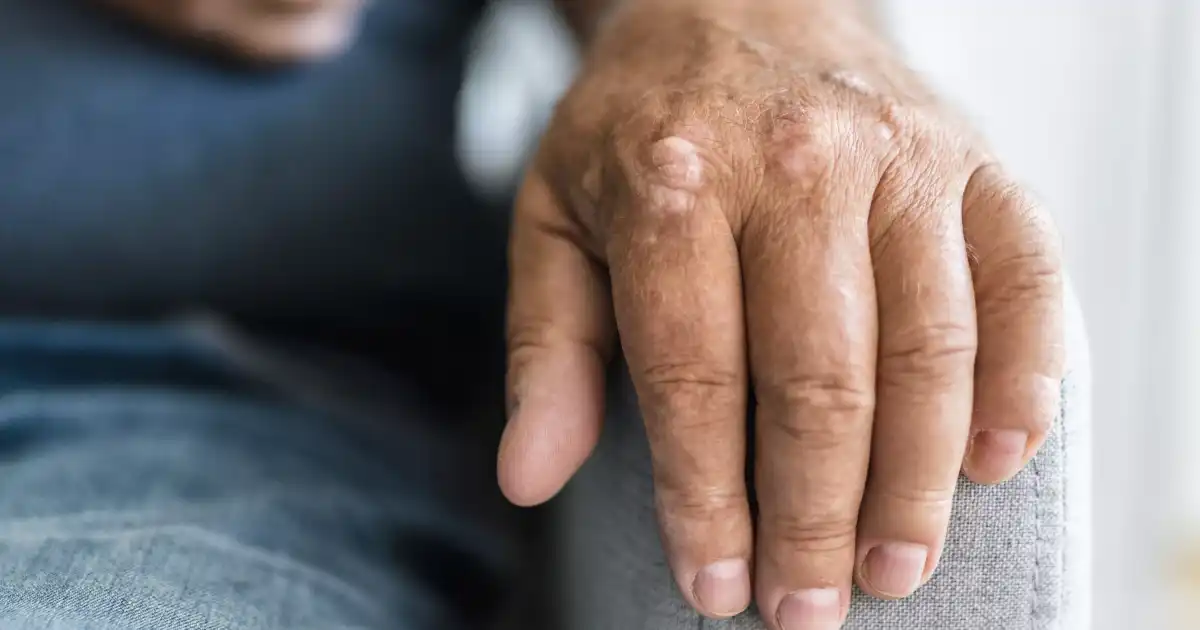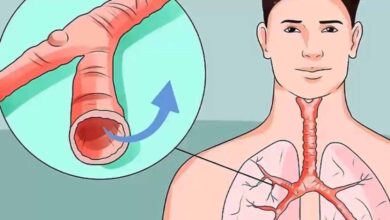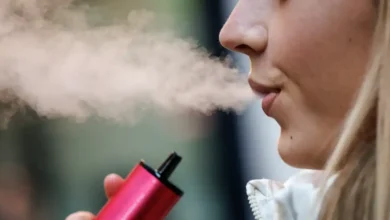Warning signs on your skin you shouldn’t ignore—Understanding psoriasis and its many faces
This common skin condition affects millions and can signal deeper health issues—here’s what to watch out for.
Psoriasis isn’t just dry skin—it’s an autoimmune disease that can show up in surprising and painful ways, from red patches and blisters to nail damage and joint pain. Knowing the early signs can help you manage it before it worsens.
Psoriasis is a chronic autoimmune disorder that speeds up how skin cells grow. Instead of shedding normally, these cells pile up quickly on the skin’s surface, causing red, scaly patches. While it often affects the elbows, knees, scalp, and back, it can appear almost anywhere.
According to the Mayo Clinic, psoriasis is a common condition but one that can seriously impact sleep, self-esteem, and overall health. Around 125 million people globally—8 million in the U.S. alone—live with psoriasis.
The exact cause isn’t fully understood, but genetics and environmental triggers—like infections, stress, or certain medications—play a big part.

The five types of psoriasis—and how to recognize them
Not all psoriasis looks the same. It’s important to know which type you might be dealing with, as symptoms and treatments can differ.
1. Plaque psoriasis- The most common form
This type affects most people with psoriasis and appears as raised, red patches covered with silvery scales. These plaques often show up on the scalp, elbows, knees, and lower back. They can be itchy, painful, and may even crack and bleed.
Key traits:
- Texture: Thick and flaky
- Color: Red or pink (can vary by skin tone)
- Itch: Moderate to severe
2. Guttate psoriasis- Often triggered by infection
Usually affecting kids and young adults, this form appears as tiny, drop-shaped sores, especially after a bout of strep throat. The spots are smaller, less scaly, and commonly appear on the torso, arms, and legs.
Key traits:
- Shape: Small and round
- Common trigger: Bacterial infections
- Affected area: Mostly the trunk and limbs
3. Inverse psoriasis- Hides in skin folds
Unlike the rough patches of other types, inverse psoriasis causes smooth, shiny red skin—especially in areas like the underarms, groin, and under the breasts. It’s often worsened by friction and sweat, and may be linked to fungal infections.
Key traits:
- Texture: Smooth and irritated
- Location: Skin folds
- Challenge: Hard to treat due to sweating and rubbing
4. Pustular psoriasis- Small blisters, big warning
This rare but serious form causes white pus-filled blisters surrounded by red, inflamed skin. It can be localized (like on the hands or feet) or widespread and may be accompanied by fever or chills.
Key traits:
- Appearance: Blisters filled with non-infectious pus
- Symptoms: Can feel like the flu
- Urgency: Needs immediate medical care
5. Erythrodermic psoriasis- The most severe form
This life-threatening type causes the skin to appear bright red and peel off in sheets. It affects large parts of the body and may lead to swelling, severe pain, and fever.
Key traits:
- Appearance: Intense redness and widespread shedding
- Symptoms: Severe itching, burning, and discomfort
- Call to action: Go to the hospital immediately
It’s not just skin—psoriasis can affect your nails and joints too
In many cases, psoriasis affects more than your skin. Your nails might become thick, discolored, or even lift from the nail bed. These signs could point to psoriatic arthritis, which causes joint pain and stiffness.
If you notice changes in your nails or begin to feel joint pain, talk to your doctor right away. Early treatment can prevent long-term damage.
Living with psoriasis can be frustrating, painful, and sometimes embarrassing due to its visible symptoms. But recognizing the warning signs early makes it easier to manage and reduce flare-ups. Treatments may include creams, pills, lifestyle changes, or even light therapy—so knowing what you’re dealing with is half the battle.
Psoriasis may not be curable, but it is manageable. Understanding its different types and early signs can make a big difference in your health and confidence. Don’t ignore skin changes—they might be your body’s way of asking for help.





